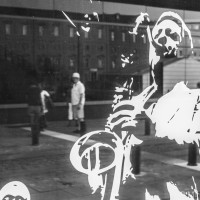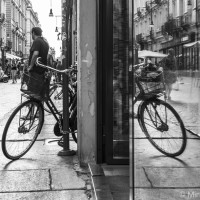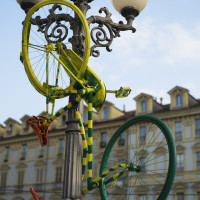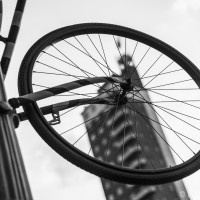On Monday the 23rd, Fujifilm released the firmware 3.00 for the X-Pro1 / X-E1 models. A couple of days later, they withdrew the firmware because it had been causing malfunctions in the movie mode. They restored it soon after, and the new version 3.01 works like a charm.
There are several interesting updates, not least of which is the enhanced autofocus, but the feature that interests me the most is the new focus peaking function for manual focusing. A feature seen only on the X100s and X20 so far, Fujifilm is now implementing it on the X-Pro1 and X-E1 as well. It is a really great update and others brands should take note. Fujifilm has always been generous with firmware updates and this is probably the best example.
Another good piece of news is that the peaking also works with lenses other than those in Fuji series (unlike, for example, the new Olympus Pen E-P5).
I’ve always considered the Fuji X-Pro1 an alternative to Leica, even though its sensor is smaller (APS-C vs Full Frame). The retro / rangefinder design, the quality of the build, the quality of the lenses and the attention to detail makes it extremely desirable to professionals. This is, I suppose, why among the official Fujifilm accessories for the camera, you will find a Leica M mount adapter with signal contacts, a function button and menu settings with different functions. A coincidence? I don’t think so.
Unfortunately, I didn’t have this wonderful adapter but a simpler one by Quenox.
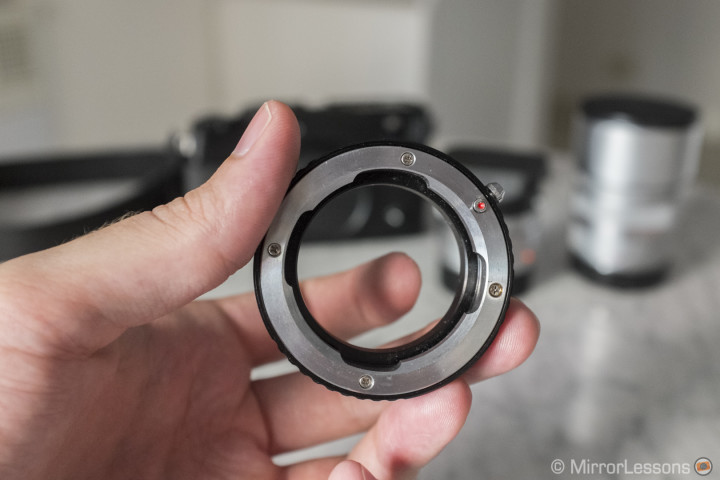
Leica users can sleep easy–I have no intention of writing a comparison between the two systems. Leica has its reputation and probably produces the best lenses on the market, period. Fujifilm instead builds cameras that mix tradition with some of the most innovative features seen recently.
My thought was simple: why not try the new focus peaking on manual lenses. And what are the best manual lenses out there, if not Leica’s?
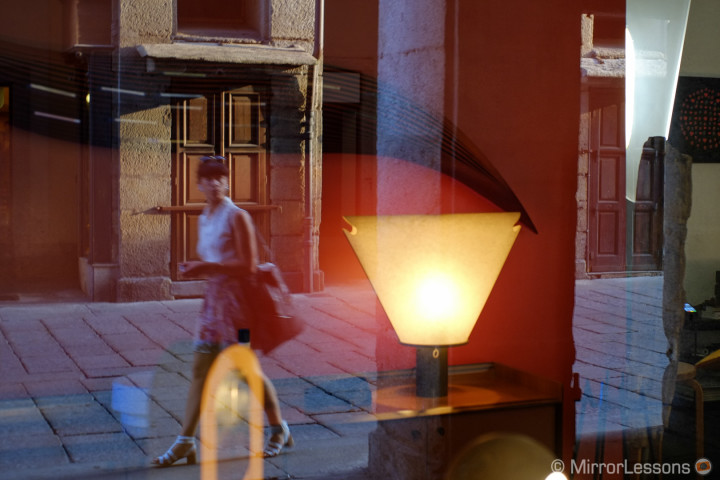
I spent two afternoons with the Summicron 35mm f/2 APSH and the Summicron 90mm f/2, that my friend Christian at MCDigital kindly lent me for the weekend. They were the two silver editions which altered the minimalistic design and colour of the X-Pro 1, but hey, beggars can’t be choosers, right?
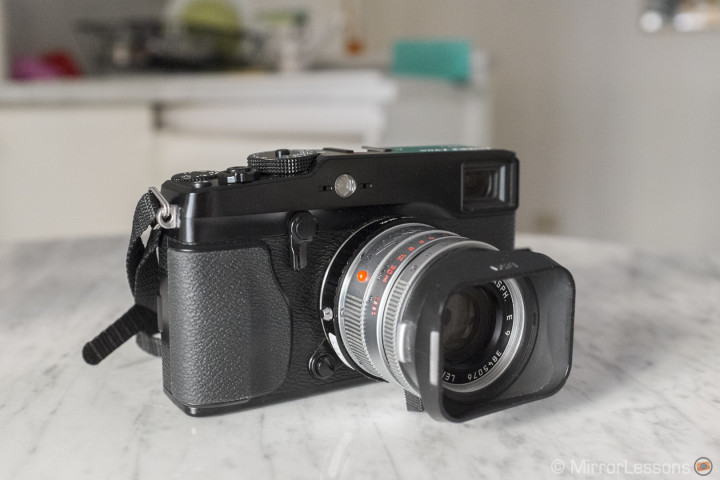

The 35mm f/2 has an equivalent of 50mm on a 35mm format, ideal for street photography. I basked in all the benefits of having Leica lenses on your camera: great optical performance, nice bokeh, nice tonal range, really great colours and the total absence of vignetting. This is a high premium quality lens, no doubt about it. I didn’t draw up a comparison with the Fuji XF 35mm f/1.4 because it wasn’t my purpose. If you ask me which performs better, I can’t give you a scientific answer, but I can’t tell you that Leica lenses aren’t the kind of glass you buy often or use often unless you know exactly what you are doing. They are very expensive, much heavier and as I already said, they are manual focus only. So my answer is actually straight: go with the Fuji lenses unless you already own some M lenses and love to focus manually.
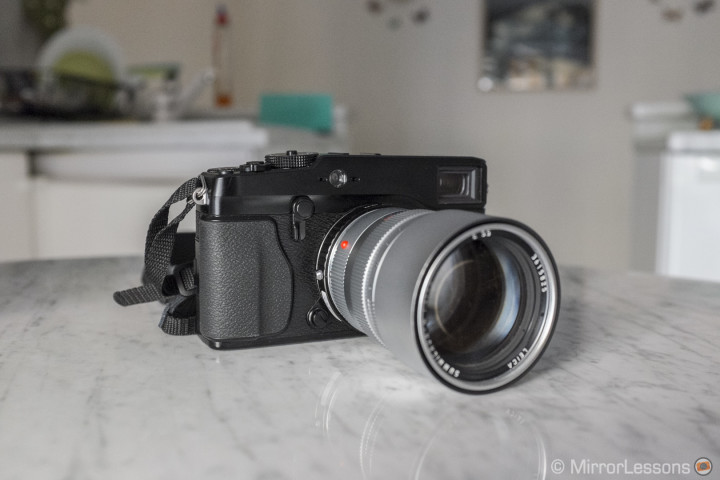
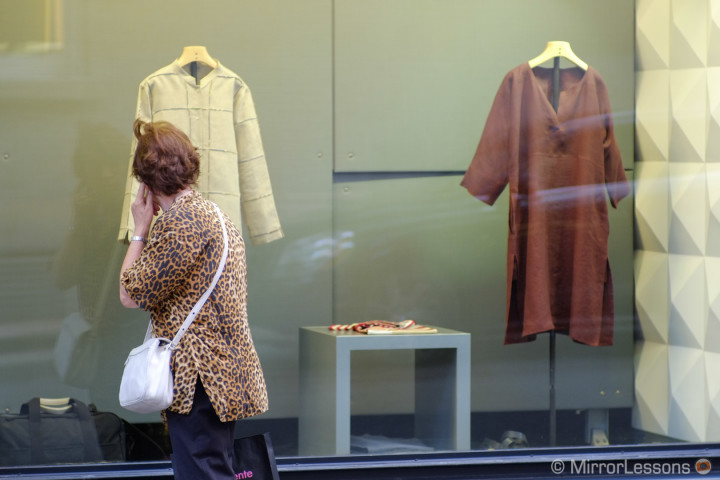
The 90mm is a very heavy portrait lens, heavier than the X-Pro 1 body, so the system becomes a little bit unbalanced. On the X-Trans sensor, it becomes a 135mm, so not very ideal for street photography. I would have preferred to do some portraits with it, but I have been very busy this past week with my job and I didn’t have time to schedule one.
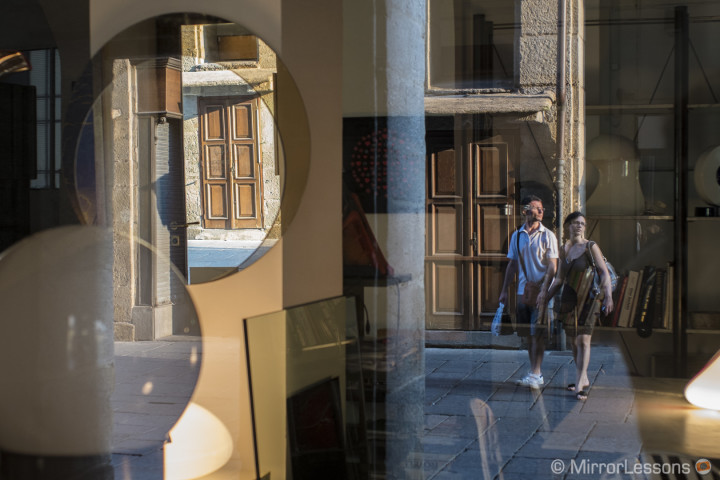
Back home, I was surprised when reviewing the pictures to see that only a few were out of focus. Up until now, manual focusing with the X-Pro1 hasn’t been easy, despite the EVF having enough resolution. With focus peaking, it is a different story. The outlined edges are very precise and I have no difficulty whatsoever focusing not only at a fast aperture but also at f/5.6 or f/8. The peaking works like my X100s in that you can choose between high or low. I use it on high as I find the peaking more visible and therefore easier to use.
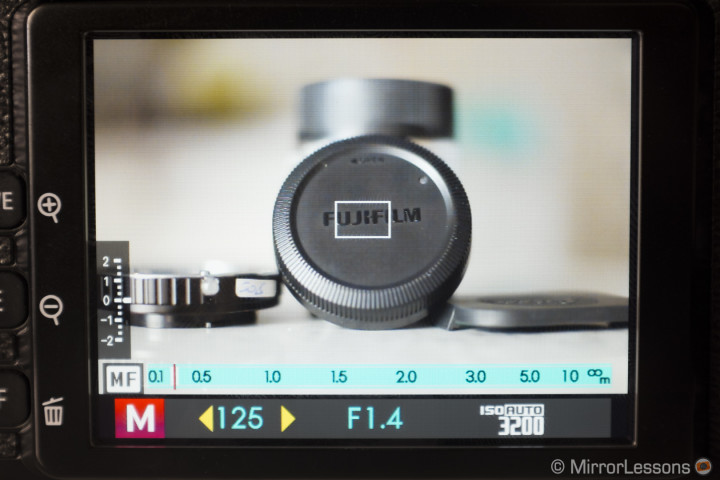
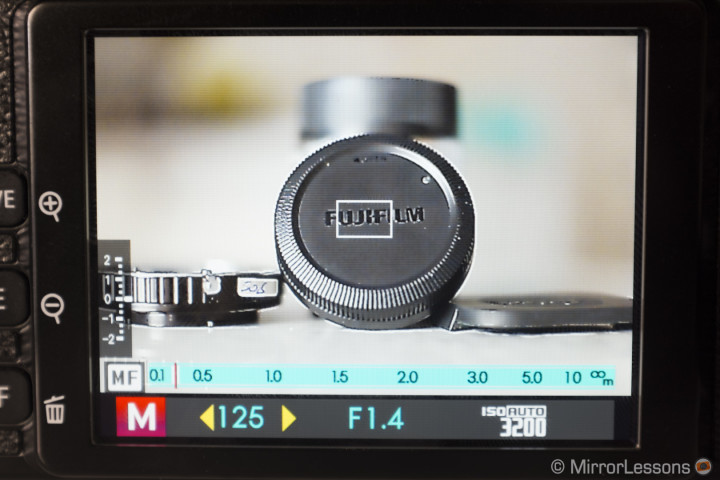
I grew up with digital photography mostly, so I am not used to manual focusing. This is indication enough of how good and useful the focus peaking is on the X-Pro1.
Leica lenses are also easy to work with as most of them have have a thumb lever on the focus ring, so instead of having your fingers on the whole focus ring, you just use the lever with one finger. I really like it.
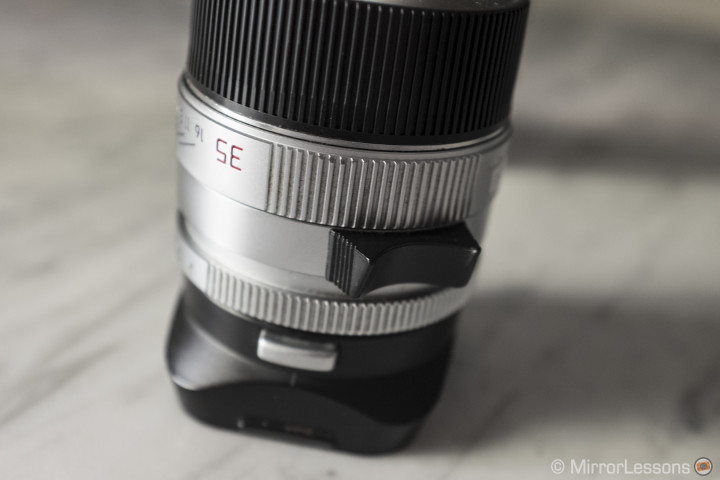
Can manual focus be a primary way of using the X-Pro 1/X-E1?

Well, now that there is focus peaking, I think it could be. There are a lot of lenses you can use, not only Leica. (They are indeed the most beautiful, but also the most expensive.) Voigltlaender has some very nice lenses for the M mount, and with other adapters, you can use Zeiss or old generation Nikkor lenses (those which still have the aperture ring). So, the possibilities are almost endless.
Below you’ll find a gallery with other pictures taken with the two Leica lenses (almost all with the 35m except the last 3). Enjoy!

